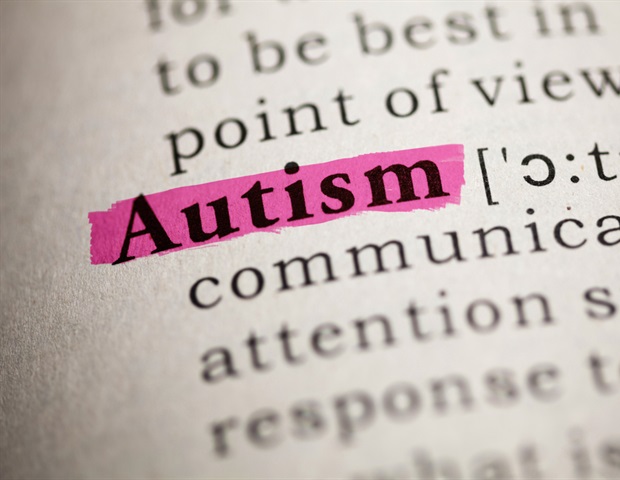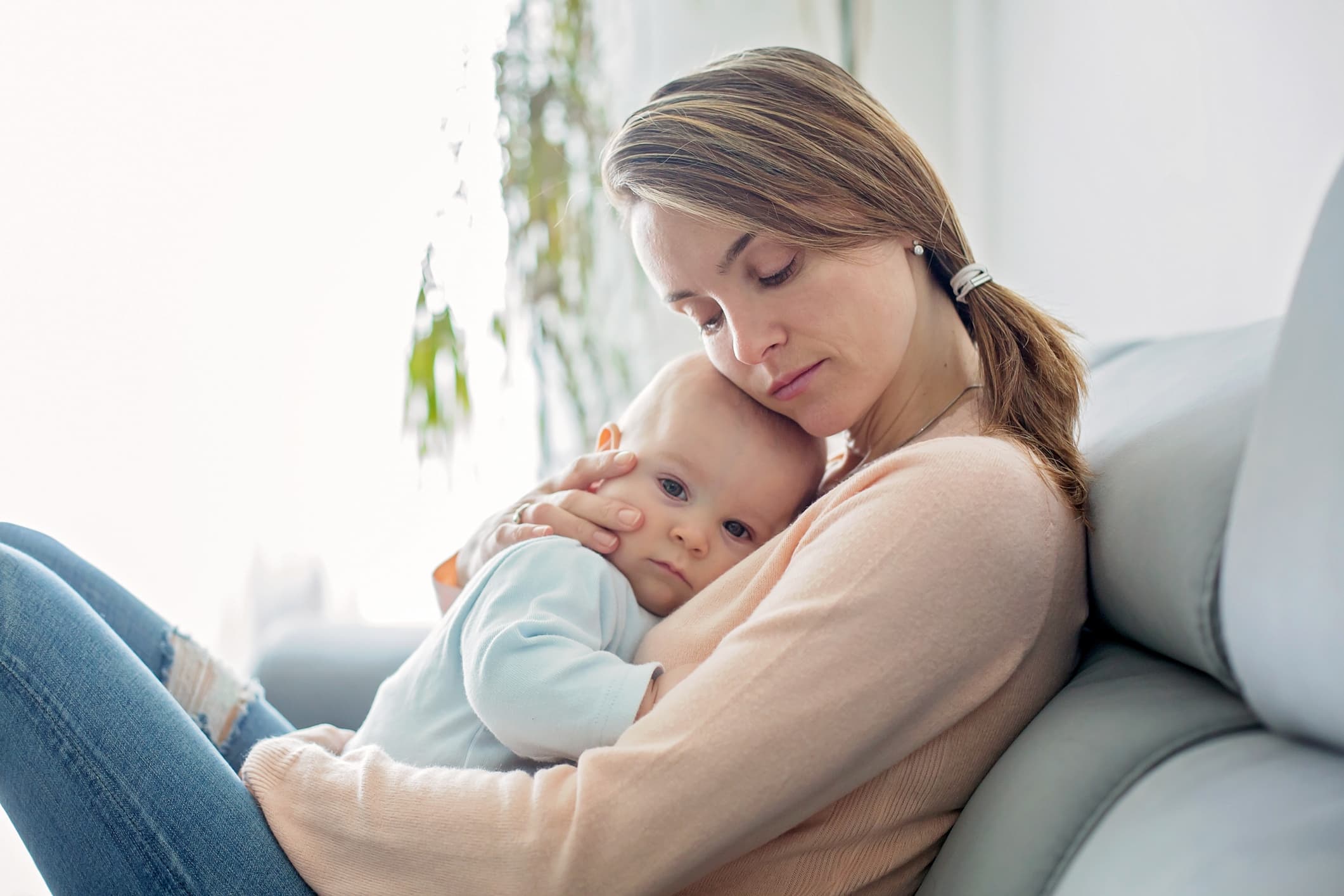In a recent study published in The Lancet Psychiatry, a group of researchers evaluated if digitally augmented, therapist-supported, parent-led cognitive behavioral therapy (CBT) is a cost-effective and clinically effective alternative to standard care for treating childhood anxiety.
 Study: Digitally augmented, parent-led CBT versus treatment as usual for child anxiety problems in child mental health services in England and Northern Ireland: a pragmatic, non-inferiority, clinical effectiveness and cost-effectiveness randomised controlled trial. Image Credit: Ground Picture/Shutterstock.com
Study: Digitally augmented, parent-led CBT versus treatment as usual for child anxiety problems in child mental health services in England and Northern Ireland: a pragmatic, non-inferiority, clinical effectiveness and cost-effectiveness randomised controlled trial. Image Credit: Ground Picture/Shutterstock.com
Background
Child mental health services worldwide struggle to meet demand, highlighting the need for more accessible care. Digital treatments could significantly expand service capacity, but their full integration into routine care is pending.
Recognizing the urgency, entities like England’s National Institute for Health and Care Excellence (NICE) emphasize the importance of digital solutions for youth mental health. Anxiety, affecting a significant portion of the population from an early age, leads to major personal and economic impacts.
CBT, especially in brief, parent-led formats supported by therapists, offers a viable solution by overcoming barriers to access and engaging families directly.
Digital platforms like the Online Support and Intervention (OSI) for child anxiety, co-developed with families and therapists, show promise in making effective treatments more accessible. However, further research is crucial to evaluate their cost-effectiveness and potential for widespread use in varied clinical contexts.
About the study
The present study was registered and followed a published protocol, sought to involve sites that were part of the National Health Service (NHS) or local authorities, totaling 34 participating sites. These included a diverse mix of NHS Trusts and local authority or voluntary or community sector providers, encompassing 73 Child Mental Health Teams.
Eligibility criteria for children included being aged 5–12 years with a primary anxiety problem, alongside their parents having sufficient English language proficiency, internet access, and willingness to consent.
Exclusions applied to children with certain comorbid conditions or those involved in child protection concerns, as well as parents with significant intellectual impairments or severe mental health issues.
The study acknowledged the unique context of the coronavirus disease 2019 (COVID-19) pandemic, which necessitated a rapid shift to remote service delivery, influencing the trial’s approach to what constituted “treatment as usual.”
Randomization was carefully managed using a web-based system, ensuring balanced allocation across intervention and control groups, albeit blinding to intervention was not feasible for participants.
The trial’s procedures were thorough, with families being identified, consented, and assessed online, followed by a structured engagement with the treatment process across both arms.
Qualitative interviews were conducted to gauge the acceptability of OSI plus therapist support, providing rich insights into participants’ experiences.
The primary outcome focused on the impact of child anxiety on family life, using the Child Anxiety Impact Scale–Parent Report (CAIS-P), with a comprehensive suite of secondary outcomes to capture a broad spectrum of effects.
Study results
Between December 5, 2020, and August 3, 2022, 706 families were referred, and out of these referrals, 444 families met the inclusion criteria, provided consent, and were randomized equally between the two study arms.
Despite initial plans, only 79% of these participants started their allocated treatment within the stipulated 12-week period post-randomization.
By the end of the trial, completion rates for the 14-week and 26-week assessments were 79% and 74%, respectively, in the OSI plus therapist support and treatment as usual groups.
The participant demographic was predominantly White-British, with a slight majority of girls over boys and an average child age of 9.20 years. Treatment as usual, primarily consisted of CBT, often delivered through parents.
Before treatment, parents across both groups had similar expectations regarding the logical nature and potential success of the interventions. However, parents initially felt more confident in the success of the OSI, plus therapist support.
Post-treatment, therapists felt more comfortable delivering traditional treatment than OSI, expressing hesitancy about future use of OSI, largely due to its novelty and their temporary access during the trial.
The study found OSI plus therapist support to be non-inferior to traditional treatments across all primary and secondary outcomes, demonstrating minimal differences in effectiveness. This was consistent across various sensitivity analyses.
Furthermore, there was little difference in utility scores and Quality-Adjusted Life Years (QALYs) between the groups.
However, the OSI plus therapist support arm showed lower associated costs, primarily due to reduced delivery time. Despite some uncertainty, cost-utility analyses suggested that OSI plus therapist support could be cost-effective under certain scenarios.
Health economic results revealed minor differences in treatment and resource use outcomes, suggesting the potential cost-effectiveness of OSI plus therapist support, though with noted uncertainty.
Despite this uncertainty and the absence of serious adverse events, the trial highlighted the feasibility of OSI plus therapist support as an effective and potentially more efficient alternative to traditional treatment methods for child anxiety problems.
This finding underscores the value of further exploring digitally augmented treatments within child mental health services.

 PARENTING TIPS
PARENTING TIPS







 PREGNANCY
PREGNANCY








 BABY CARE
BABY CARE








 TODDLERS
TODDLERS








 TEENS
TEENS








 HEALTH CARE
HEALTH CARE






 ACTIVITIES & CRAFTS
ACTIVITIES & CRAFTS








 CONTACT
CONTACT ABOUT
ABOUT


